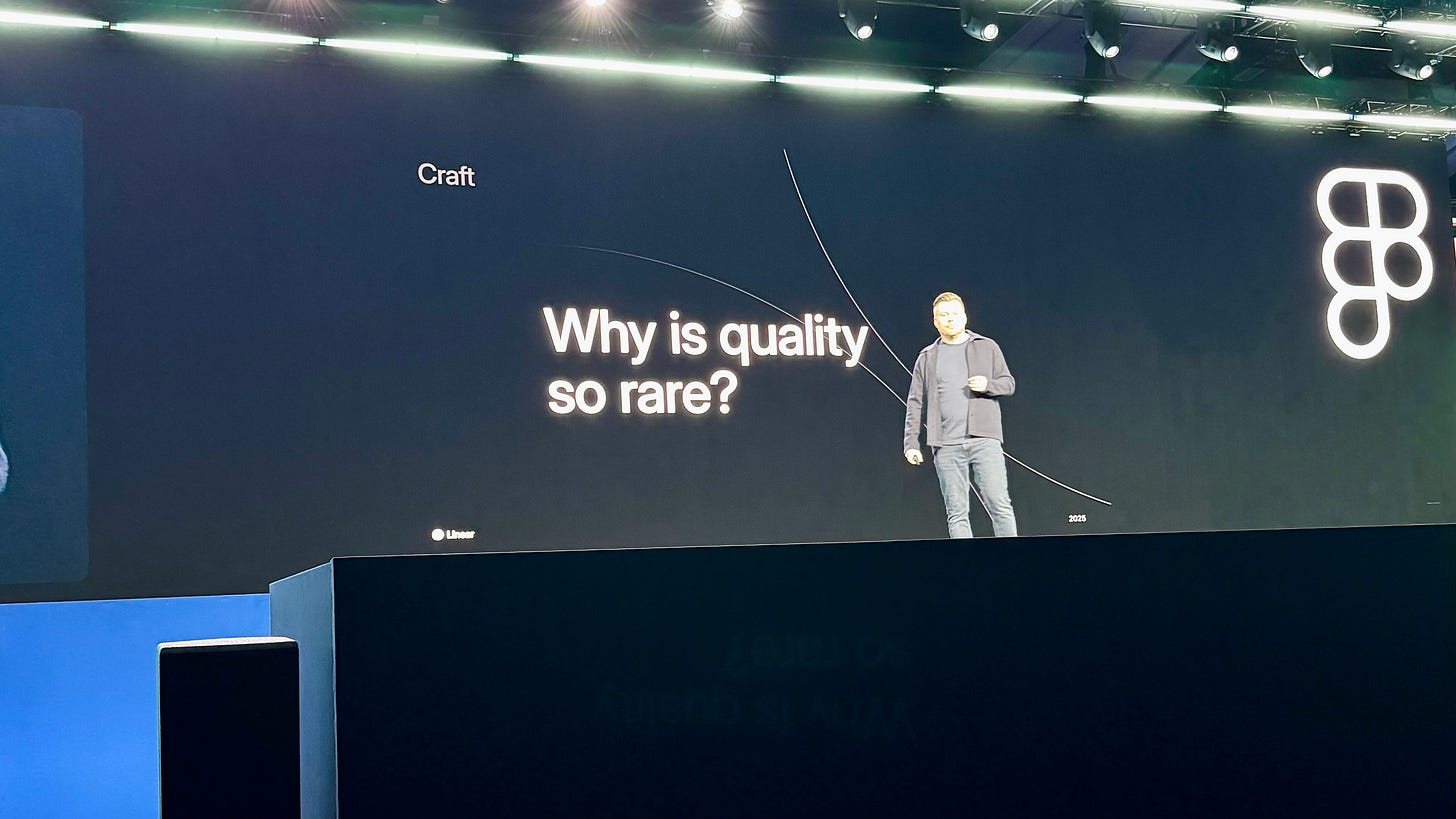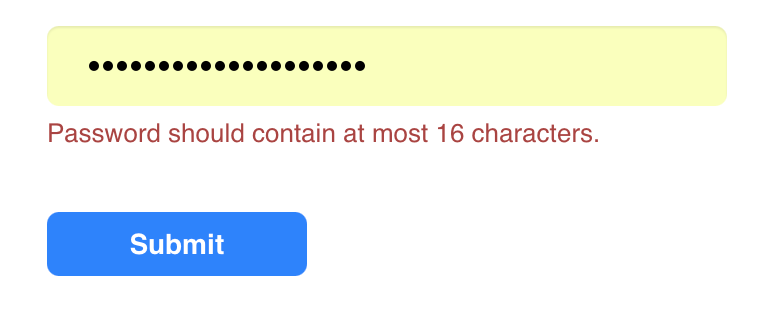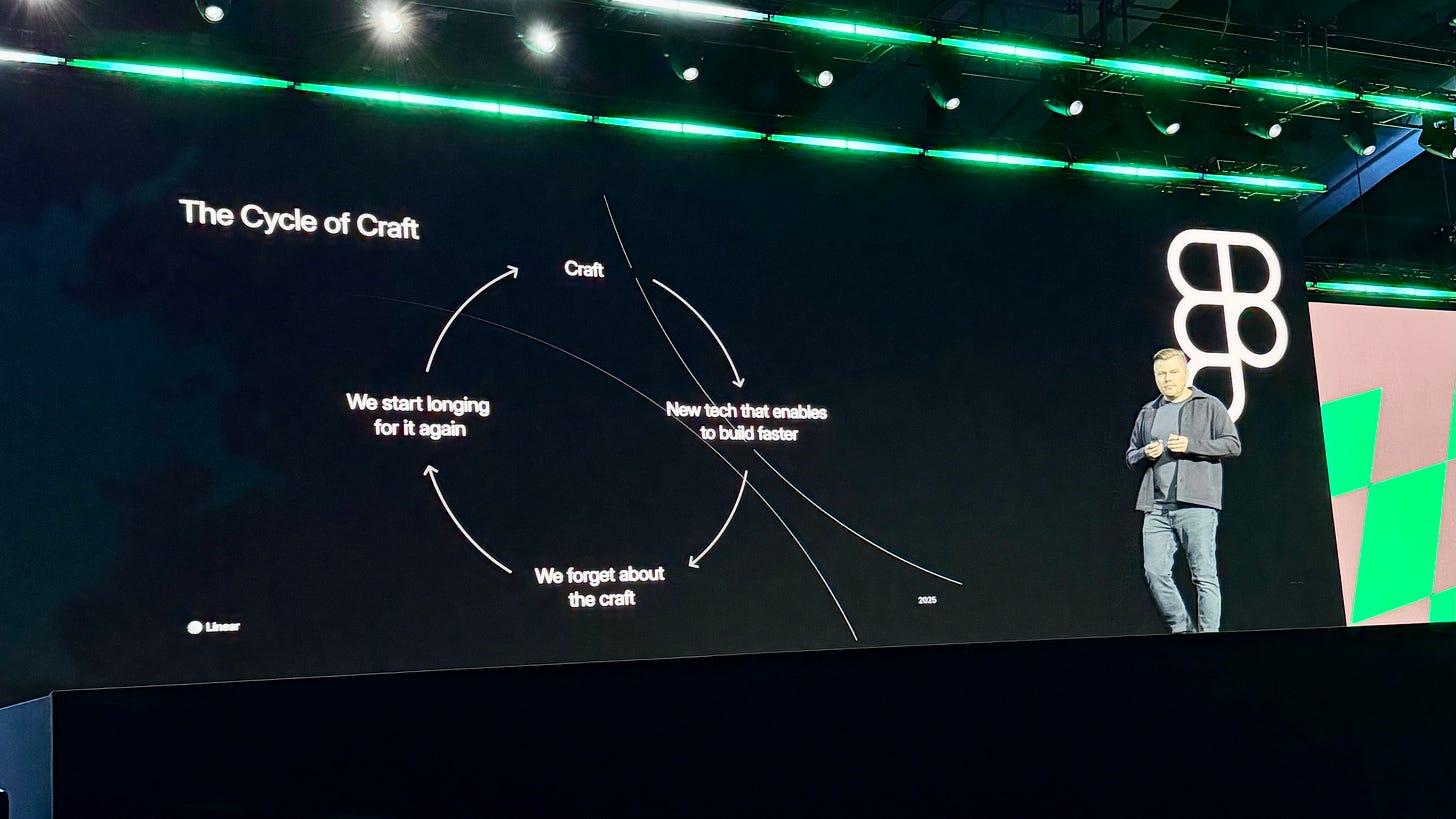Craft Is Personal, Challenging, and Essential
The Art of Building Trust Through Intentional Design

In the mid-90s, I got a rare glimpse inside Apple's Industrial Design Center. I noticed a neat grid of eyeglass cases among the sketches, prototypes, and a few modded RC cars.
Jony Ive, then a young, quiet designer, saw my curiosity and shared his thinking. He was searching for the perfect PowerBook latch, and those cases were his inspiration.
He explained that he sought an analog that felt personal and secure. Critical for doing away with the klunky latch, which was the norm in those days.
Ten minutes later, I left physically unchanged and mentally rewired. I'm sure this was just another conversation with a random visitor for Jony, but it changed everything for me. It opened my eyes to what craft truly means: not surface polish, but the quiet engineering of trust.
That single magnetic click could transform doubt into delight, and users would feel it long before they could articulate why.
Speed is Up, Taste is Down - The Soul to Slop Loop
Fast‑forward to Figma’s Config 2025. Linear CEO and co‑founder Karri Saarinen made an observation that haunted me:
"Technology speeds up creation—but makes it harder to care."
His words transported me back to that encounter with Jony. Throughout my career, I've had the chance to work for teams that care at this level, though perhaps not as eloquently. I've also worked with teams that believe we should ship at all costs, which is wildly depressing for everyone involved.
Saarinen mapped a cycle most of us recognize:
Hand‑crafted dawn: small teams sign their work with pride.
Mass‑production mindset: dashboards replace judgment; metrics eclipse meaning.
Process worship: shipping velocity becomes the north star. "Does this feel right?" gets replaced with "Did we hit the sprint goal?"
Reckoning & return: A stubborn minority drags craft back to center stage, or the product slowly fades.
We can see this pattern playing out everywhere. Figma and Notion still operate with founding-team levels of obsession. Meanwhile, products that once delighted us (think Evernote or early Dropbox) fell into the mass-production trap.
Technology accelerates steps 2-3, but can't rescue us from them. Escaping the Soul to Slop loop is a choice, not a feature flag.
The lonely decision of "good enough"
I used to think it was about perfectionism. That old line, “Perfect is the enemy of good," gets tossed around like wisdom, but it’s always rubbed me the wrong way.
Because good, the kind most people settle for, is rarely shared. And someone else’s good usually isn’t good enough.
I found a better answer in an unlikely place (unless you’ve seen my slide decks): music producer Rick Rubin’s philosophy. He puts it perfectly:
“Success occurs in the privacy of the soul… in the moment you decide to release the work, before exposure to a single opinion.”
It’s in that moment, before feedback, before compromise, that craft becomes not just a choice, but an act of conviction. Rubin’s perspective illuminates why quality is profoundly personal and why it's so rare:
Success is self-referenced.
Your release bar lives inside you; no OKR or A/B test can validate it.
Holding that bar feels risky in metric-obsessed cultures.
It's a private moment.
You ship without applause. If the work flops, there's nowhere to hide.
Vulnerability is the ticket price.
You release only after exhausting the work's potential.
That "extra five percent" polish rarely fits a sprint plan.
Teams call it scope creep, unless leadership defends it.
Variables outside yourself are irrelevant.
Most orgs optimize what they can count.
Soul‑level satisfaction doesn't fit neatly on a dashboard, so it gets cut first.
Rubin reminds us that craft is emotional labor. You're wagering your reputation on taste, no split test to save you. This is why it feels so risky in today's data-driven culture, yet necessary for enduring products.
Linear's playbook: proving care can scale
Saarinen's company provides a rare blueprint that proves craft can thrive beyond the startup phase. While others talk about quality, Linear builds organizational structures that actively protect it:
Company-wide quality north‑star. Every touch‑point, from sales email to bug fix, must "feel right," not merely "meet SLA."
Small, cross‑functional squads. Designers, engineers, and PMs iterate together until the product feels right.
Scope bends; soul doesn't. They ship internal MVPs, repair every bug inside a week, then unveil work that meets their bar.
Quality metrics alongside growth metrics. Bug count and time-to-resolution are reported with the same visibility as MRR.
This approach generates concrete business outcomes that should make even the most metrics-obsessed executive take notice:
Profitability by month 24 (compared to competitors who took 5+ years)
10,000+ paying organizations by year 4 with near-zero marketing spend
Word-of-mouth as primary growth channel (54% of new customers come from referrals)
There's also a powerful halo effect: Linear attracts companies that themselves care deeply about craft. Using Linear signals to both customers and potential employees that your organization values quality. This creates a virtuous cycle where quality-focused talent wants to work with you, further reinforcing your craft-centered culture.
Quality, done deliberately, isn't a luxury tax; it's the cheapest growth lever that sustainably pays dividends.
Three habits that elevate quality
For those ready to bring more intentional craft into their work, here are practices that have served me well across decades of product development:
1. Design for confidence.

Every toggle, loading shimmer, or confirmation copy either earns trust or leaks it. If users hesitate, even subconsciously, you've shipped a bug.
Example: Watch how Stripe handles payment processing. Their success animation doesn't just tell you it worked, it makes you feel it was completed successfully. This isn't decorative; it's functional design that reduces support tickets and increases conversion.
2. Scale taste through culture, not checklists.
Craft pairing – Have junior team members spend 2 hours weekly watching seniors make micro-decisions
Create a "taste library" – Identify 5-10 products your team admires and articulate exactly what makes them exceptional
Ask a standing question – "Would we show this to Jony?" Metrics confirm; they don't substitute for judgment or pride
Example: I’ve introduced a polish phase in a few companies as part of our release cycle. In addition to internal feedback and alpha testing, everyone can make improvements before we ship to users and erode trust.
3. Cut breadth before cutting craft.
Deadlines will squeeze you. Let scope bend, never soul. A small, soulful release beats a sprawling compromise nine sprints out of ten.
Positive example: When GitHub tackled dark mode, they tested hundreds of color combinations over a year rather than rushing out a half-baked implementation. The result delighted users and strengthened their reputation for thoughtful design.
Negative example: Contrast this with Sonos, whose app redesigns have repeatedly prioritized visual refresh over functional excellence. Despite making premium hardware, their buggy, unintuitive software experience has frustrated loyal customers for years, spawning Reddit threads, angry tweets, and even third-party alternatives. The lesson? Hardware excellence can't compensate for software that feels like an afterthought.
A challenge for the next sprint
Jony's attention to eyeglass cases, Rubin's private measure of "enough," and Saarinen's zero bug mandate all point to the same conclusion: craft is personal. It starts when one individual refuses to surrender judgment to the dashboard.
So here's the dare. First, watch Karri’s talk: Crafting creative tools that endure.
Before this week is out, add one thoughtful detail to something you own: a micro‑animation, a reassuring sound, or a line of copy that smiles back. Something specific to your role:
For designers: Add a micro-animation that confirms user success, perhaps the most extreme example would be the most satisfying checkbox
For engineers: Reduce the loading time by 500ms in your most frequent user flow
For product managers: Rewrite confirmation copy to sound human instead of technical
For founders and C-Level people: Spend 30 minutes using your product with no goal except to feel where it creates doubt, like that password field above
Ship it, watch teammates raise their bar, and see whether you don't feel a little prouder signing the release notes. Caring enough not to cut corners is the rarest moat you can build.


*cries*